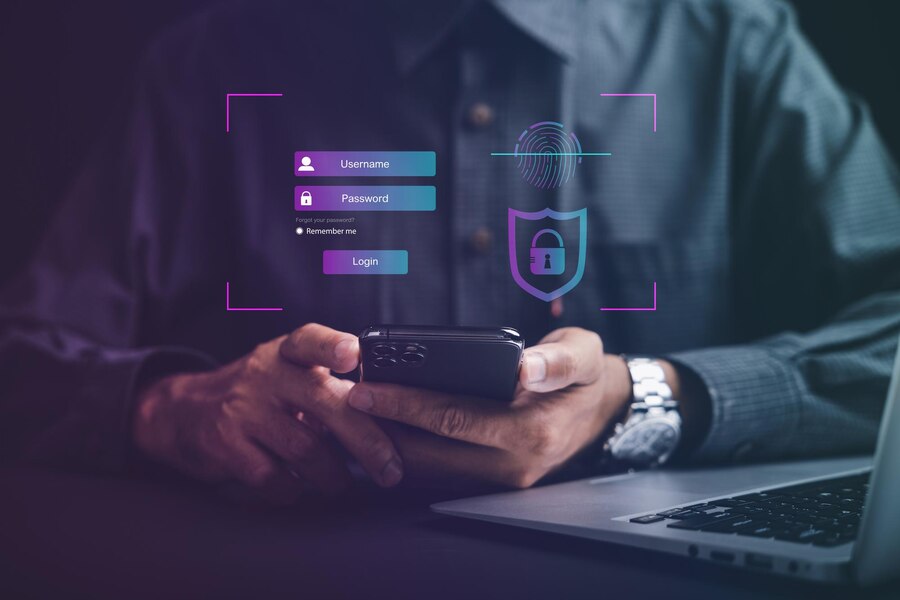In today’s digital landscape, where web applications play a pivotal role in businesses, the importance of web application penetration testing cannot be overstated. Cyber threats are evolving rapidly, and organizations must stay ahead of the curve to safeguard their assets and maintain trust with their customers.
Introduction to Web Application Penetration Testing
Web application pentesting, or pentesting, is a proactive method for discovering and resolving security flaws in web applications. It includes mimicking real-world cyber assaults to expose vulnerabilities that may be exploited by malicious individuals.
Importance of Web Application Security
Web applications serve as gateways to sensitive data and resources, making them prime targets for cybercriminals. A breach in web application security can lead to data theft, financial loss, and damage to reputation. Therefore, ensuring the security of web applications is paramount for organizations of all sizes and industries.
Evolution of Cyber Threats
Cyber threats are constantly evolving, with attackers employing increasingly sophisticated techniques to breach security defenses. From SQL injection and cross-site scripting (XSS) to zero-day exploits and ransomware attacks, the threat landscape is vast and ever-changing.
Understanding Web Application Pentesting
Definition and Purpose
Web application penetration testing involves simulating cyber attacks to identify vulnerabilities in web applications. The primary purpose is to assess the security posture of web applications and identify weaknesses that could be exploited by attackers.
Common Techniques and Tools
Pentesters use a variety of techniques and tools to uncover vulnerabilities in web applications, including manual testing, automated scanners, and specialized frameworks such as OWASP ZAP and Burp Suite.
Benefits of Web Application Pentesting
Identifying Vulnerabilities
Pentesting helps organizations identify vulnerabilities in web applications before they can be exploited by attackers. By uncovering and addressing security flaws, organizations can reduce the risk of data breaches and financial loss.
Mitigating Risks
By proactively identifying and addressing security vulnerabilities, organizations can mitigate the risk of cyber attacks and minimize the impact of potential breaches. This helps protect sensitive data, preserve customer trust, and avoid costly remediation efforts.
Compliance Requirements
Many industries have regulatory requirements mandating regular security assessments, including web application penetration testing. Compliance with these requirements is essential for organizations to avoid fines, penalties, and legal ramifications.
Key Considerations for Web Application Pentesting in 2024
Cloud-Native Applications
With the increasing adoption of cloud computing, organizations must ensure that their cloud-native applications are secure. Pentesting cloud-based applications requires specialized knowledge and tools to address unique challenges and vulnerabilities.
IoT and Mobile Integration
The proliferation of Internet of Things (IoT) devices and mobile applications presents new security challenges for organizations. Pentesting these technologies requires a comprehensive approach that considers the interconnected nature of IoT ecosystems and the unique security risks associated with mobile devices.
Emerging Technologies
As new technologies such as artificial intelligence (AI), blockchain, and quantum computing continue to evolve, organizations must adapt their pentesting strategies to address emerging threats and vulnerabilities.
Challenges and Limitations
Despite its benefits, web application penetration testing has some challenges and limitations. These include the complexity of modern web applications, the rapid pace of technological innovation, and the shortage of skilled cybersecurity professionals.
Best Practices for Effective Web Application Pentesting
Continuous Testing
Pentesting should be an ongoing process rather than a one-time event. Continuous testing helps organizations stay ahead of evolving threats and ensures that their web applications remain secure over time.
Collaboration and Communication
Effective collaboration between pentesters, developers, and other stakeholders is essential for successful pentesting. Clear communication ensures that we promptly address vulnerabilities and follow security best practices throughout the development lifecycle.
Integration with Development Processes
Pentesting should be integrated into the software development lifecycle to ensure that security is considered from the outset. This involves incorporating security testing into the development process and adopting DevSecOps practices to automate and streamline security testing.
Conclusion
In conclusion, web application penetration testing is a critical component of modern cybersecurity strategies. By proactively identifying and addressing security vulnerabilities in web applications, organizations can mitigate the risk of cyber attacks, protect sensitive data, and maintain trust with their customers. As cyber threats continue to evolve, organizations must prioritize web application security and invest in robust pentesting practices to stay ahead of the curve.
